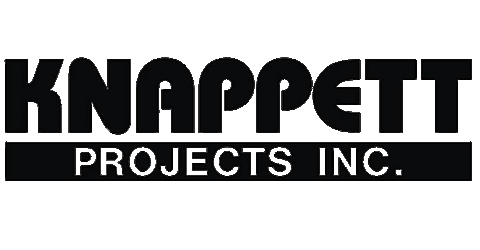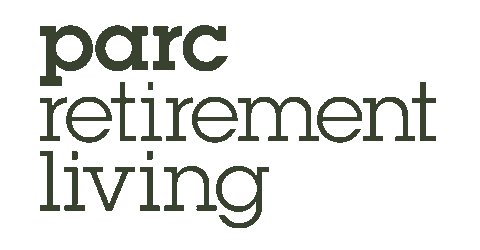Bank of Canada says pricing norms are ‘unstuck’
“In ordinary times, prices are sticky. Companies typically don’t adjust prices often, even if input costs change or consumer demands shift. Why not? Because it can be expensive to change prices,” Bank of Canada Deputy Governor Nicolas Vincent said, citing steps in a typical process to analyze competitive risks. “But during the recovery from the pandemic, firms were faced with fast-rising input costs and they saw that consumers had less choice because supply was low everywhere. This allowed them to pass those changes on to consumers more quickly and more fully than usual.”
The Bank, which is scheduled to make its next interest rate announcement on Oct. 23, said it’s concerned that rising prices are now seen as normal.
“If stores expect their suppliers and competitors to change prices more frequently, and consumers are willing to continue paying higher prices rather than shopping around, then it creates a feedback loop,” the Bank said. “This could make prices more sensitive to shocks, making it more difficult to get inflation back to our 2% target.”






















